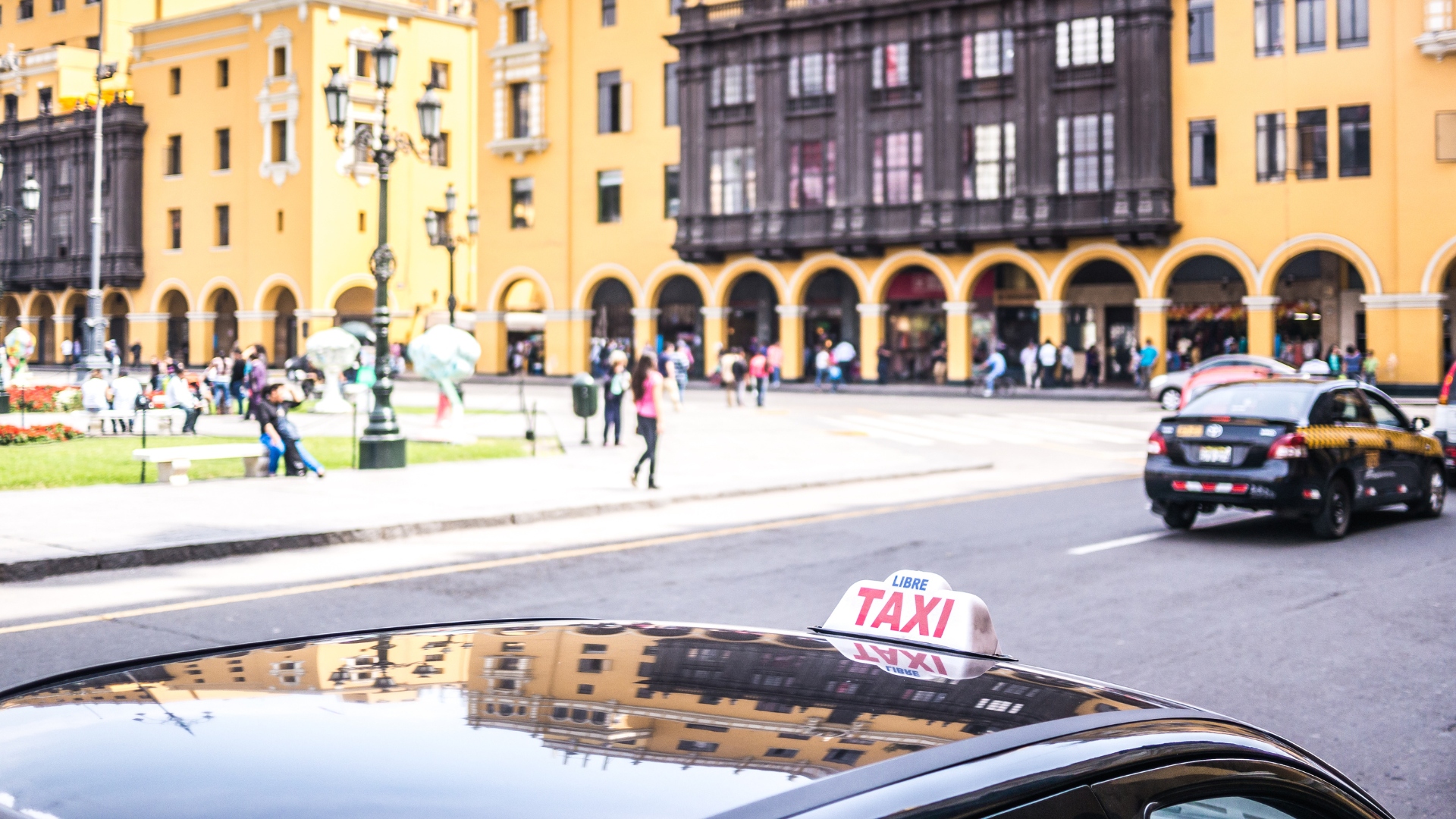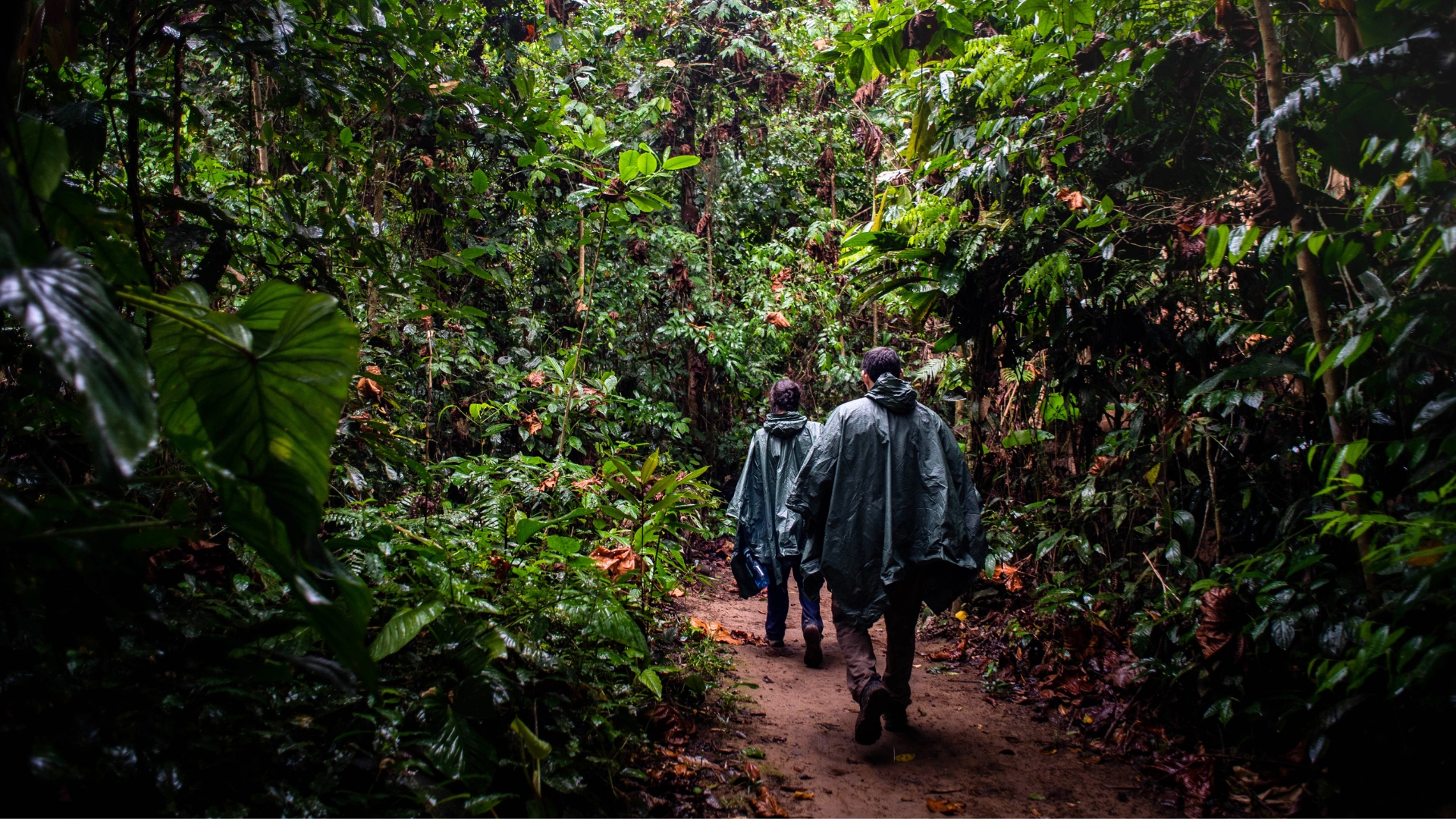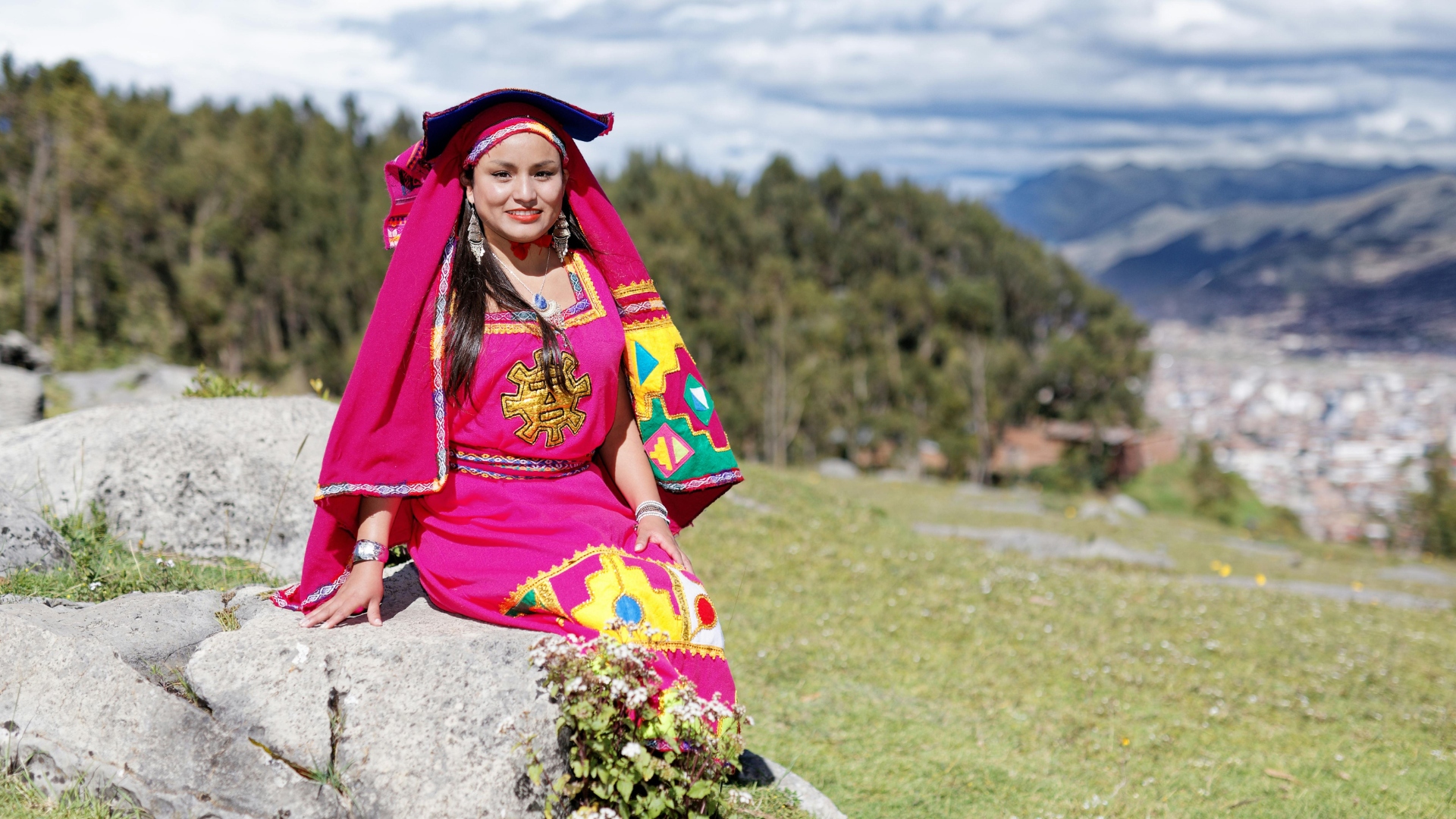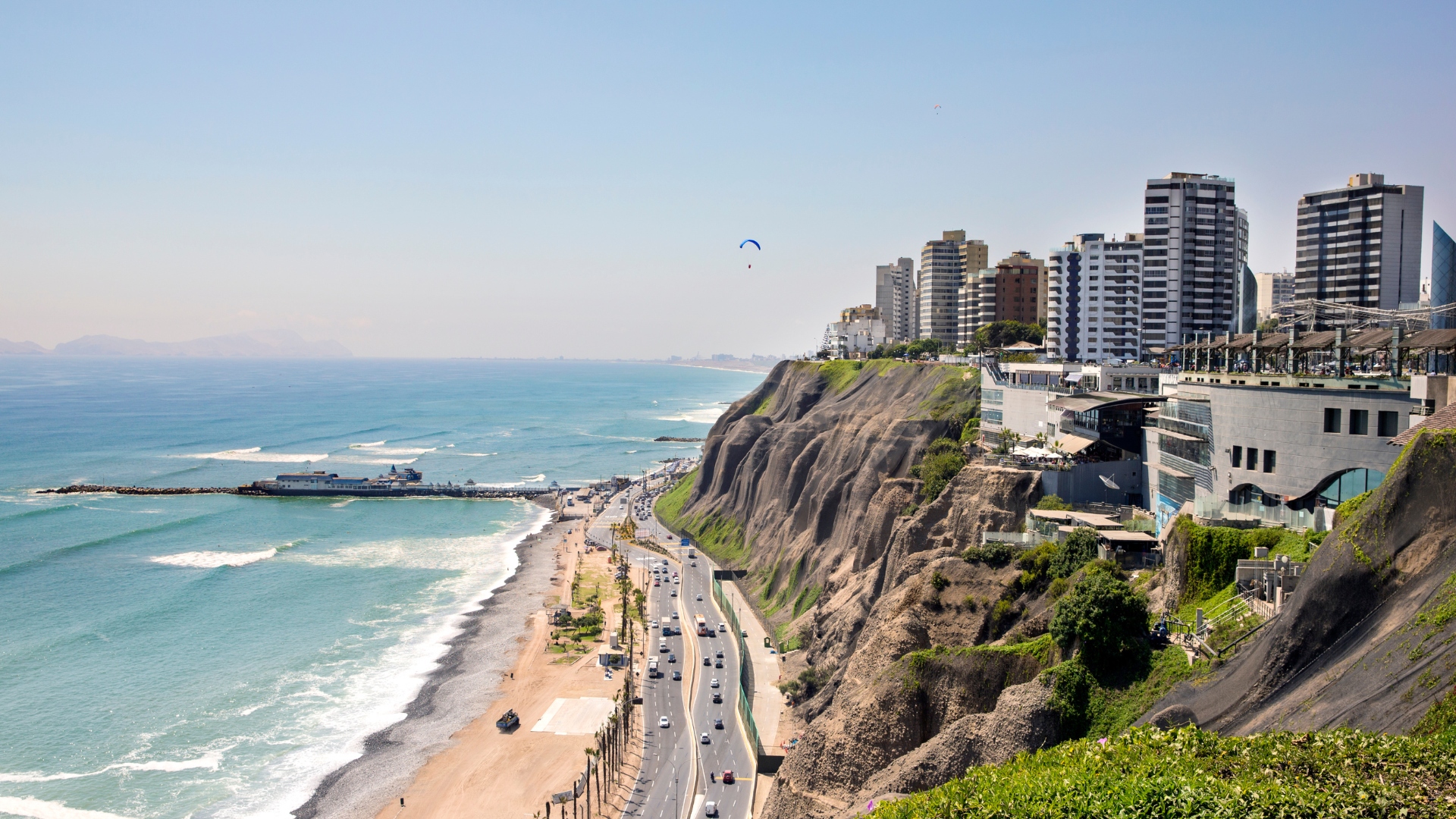Exploring Peru means immersing yourself in a country full of contrasts: towering mountains in the Andes, tropical rainforests in the Amazon, and a coastline rich in culture and flavors. However, each region has its own particularities, and good preparation will make all the difference in your experience. To help you, we’ve gathered the most common questions travelers have when arriving in Peru, along with practical tips to make your journey easier, safer, and more authentic. These are the Essential tips for traveling to Peru
How to Get Around Peru
The country covers large distances, but there are multiple transportation options:
-
Domestic flights: connect Lima with Cusco, Arequipa, Iquitos, and Puerto Maldonado. They’re the fastest way to travel long distances.
-
Long-distance buses: affordable and available in different service levels (executive, sleeper, etc.).
-
Taxis and apps: in cities, use Uber, Cabify, or official taxis. Avoid unregistered street taxis.
-
Mountain or jungle travel: plan with flexibility, as heavy rains can impact roads and routes.
 In Lima, Peru, a very popular way to get around is by TAXI
In Lima, Peru, a very popular way to get around is by TAXI
What to Pack for Peru
Peru has highly varied climates, so dressing in layers is the best approach.
Basic checklist:
-
Lightweight waterproof jacket (frequent rain in the Andes and Amazon).
-
Light clothing for the coast and Amazon.
-
Comfortable trekking shoes.
-
Insect repellent and sunscreen.
-
Hat or cap and sunglasses.
-
Basic first-aid kit and personal medications (including altitude sickness pills if traveling to Cusco or Puno).
 A rain poncho, insect repellent, and long-sleeved clothing are some of the items you absolutely must take with you on your trips to the Peruvian Amazon.
A rain poncho, insect repellent, and long-sleeved clothing are some of the items you absolutely must take with you on your trips to the Peruvian Amazon.
What’s the Average Travel Budget for Peru?
Peru offers options for every budget:
-
Backpackers: $35–50 USD per day (hostels, market meals, buses).
-
Mid-range travelers: $60–120 USD per day (3-star hotels, guided tours, domestic flights).
-
Luxury travel: $200+ USD per day (Amazon lodges, boutique hotels in Cusco, private experiences).
What Documents Do I Need When Traveling with Children?
-
Valid passport for each child.
-
If traveling with only one parent or a guardian, a notarized authorization from the other parent may be required.
-
Always check with your airline and the Peruvian embassy before traveling.
Cultural Tips and Local Etiquette in Peru
-
Greetings: always say “Buenos días” (good morning), “Buenas tardes” (good afternoon), or “Buenas noches” (good evening) when entering a shop or starting a conversation.
-
Respect at archaeological sites: don’t touch ruins or stray from marked paths.
-
Learn basic Spanish phrases: a simple “gracias” (thank you) or “por favor” (please) goes a long way.
-
Try the local food: don’t miss ceviche, lomo saltado, or causa limeña.
 Local people in Peru often wear traditional costumes according to the region.
Local people in Peru often wear traditional costumes according to the region.
In Summary
Peru is a diverse country full of contrasts: from Machu Picchu in the Andes to the Amazon in Tambopata or the vibrant capital city of Lima on the coast. With the right information, your journey will be safe, authentic, and filled with unforgettable moments.
Discover Peru with Andean Diaries
At Andean Diaries, we don’t just organize trips — we create memorable experiences. We’ll guide you through Peru’s most iconic destinations with flexible, authentic, and responsible itineraries. Whether you’re looking for a cultural journey, a jungle adventure, or a family trip, we have the perfect plan for you.
By Emperatriz Ayala – Travel Advisor
